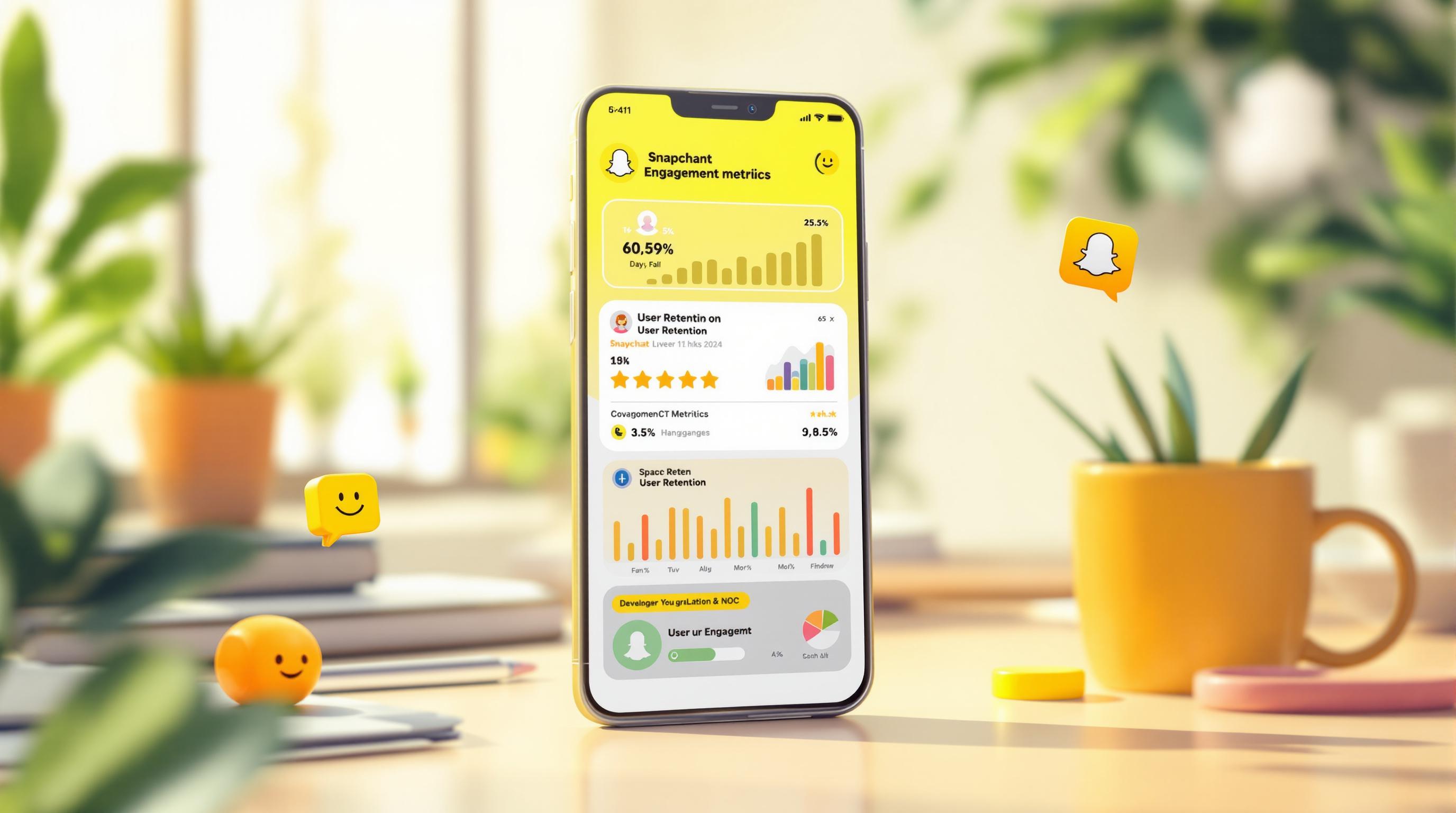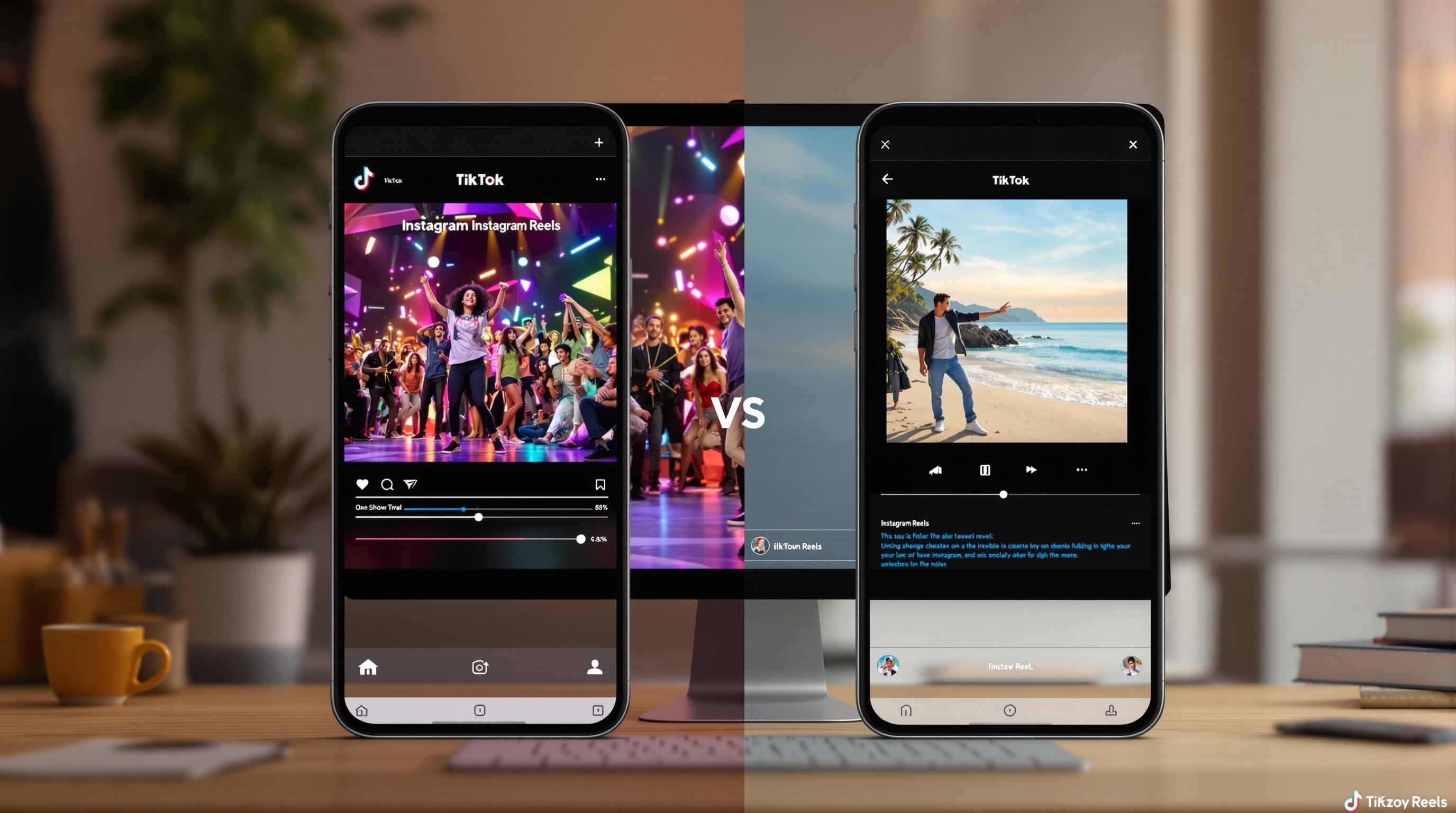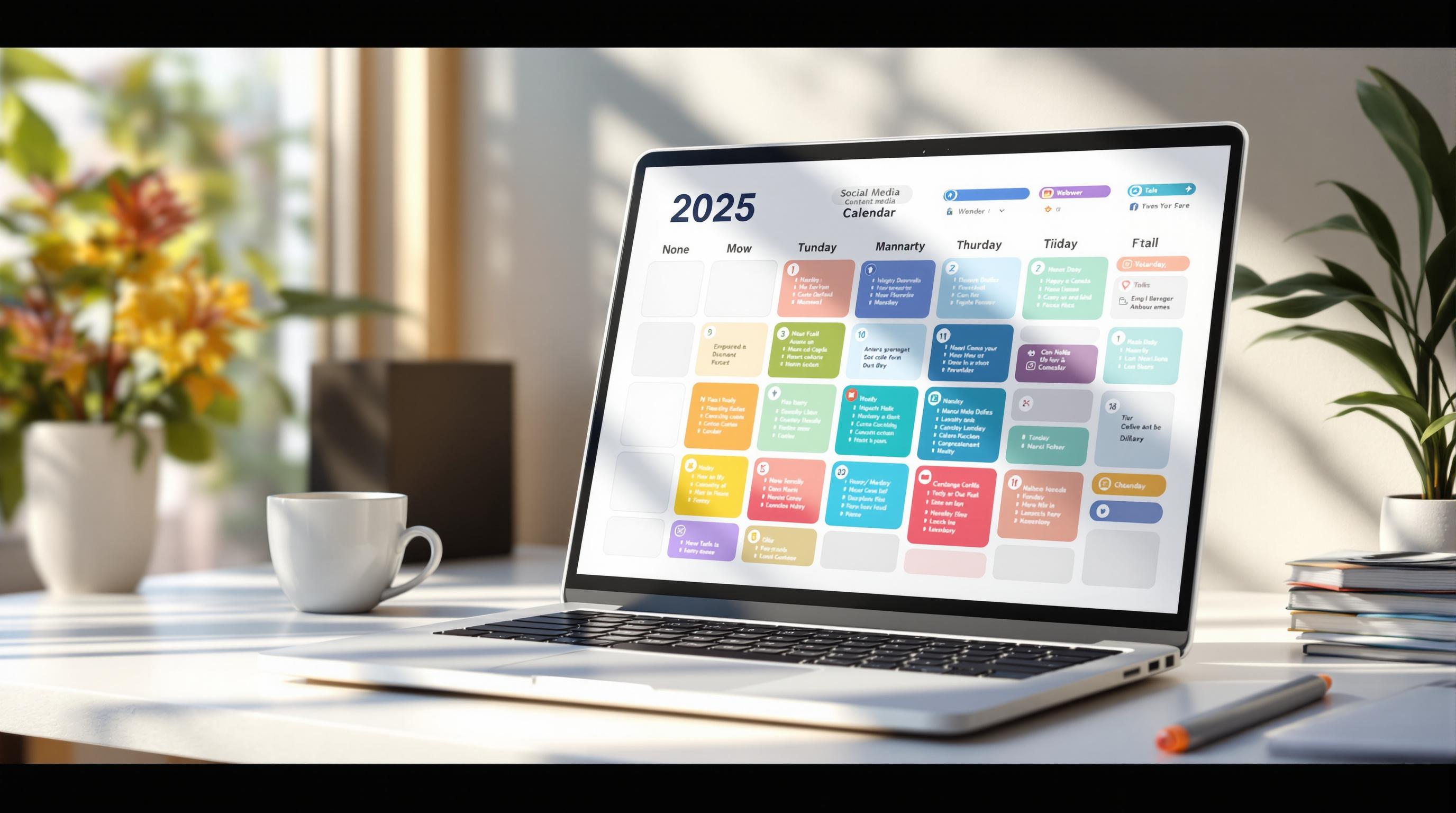
Micro-communities are small, private groups (usually fewer than 30 members) on social media where people connect over shared interests. Unlike large networks, these groups foster deeper, more meaningful interactions. Platforms like Discord and Reddit have seen significant growth, reflecting the popularity of these intimate spaces.
Why Do They Matter?
- For Users: Safer, more focused discussions with like-minded people.
- For Brands: Better customer retention, targeted feedback, and stronger trust.
Key Features of Micro-Communities:
- Size: Fewer than 30 members.
- Engagement: Deeper connections, high-quality discussions.
- Privacy: Members can stay anonymous.
- Trust: 66% loyalty rate among members.
| Aspect | Traditional Social Media | Micro-Communities |
|---|---|---|
| Member Size | Hundreds of thousands | Fewer than 30 |
| Engagement Level | Often shallow | Deep and meaningful |
| User Identity | Public profiles required | Can stay anonymous |
| Discussion Quality | Broad and general | Focused and detailed |
| Brand Trust | Varies | Higher loyalty |
Micro-communities are reshaping social media marketing by providing a space for real connections and targeted engagement. Whether you're a user or a brand, these groups offer a unique way to build trust and share meaningful experiences.
Community Masterclass: Understanding Micro-Communities
Benefits for Brands and Users
Micro-communities on social media bring clear advantages to both businesses and their audiences, reshaping how connections are built and maintained.
Building Stronger Connections
Micro-communities create spaces where brands can engage directly with their audience, fostering real relationships. These smaller, more intimate settings allow conversations to bypass the usual online noise. According to recent data, 82% of consumers are part of an online community, and 66% of businesses report better customer retention as a result.
"Social media users tune out branded messages and promotions. Instead, they crave safety, privacy, community and connection." - YEC
When brands actively participate in these communities, trust naturally follows. This is especially important since 92% of consumers trust recommendations from friends and family over traditional advertising. This trust strengthens the bond between brands and their audiences, creating opportunities for deeper engagement.
Focused Audience Targeting
Micro-communities allow brands to connect with highly specific groups of people. Unlike broader social media platforms, these groups bring together individuals with shared interests or challenges. This targeted approach not only fosters trust but also encourages detailed feedback. Additionally, these communities can provide brands with real-time insights, helping them refine their products and messaging.
Testing and Market Research
These smaller groups are excellent for testing new ideas, products, or services. Their close-knit nature encourages members to share honest opinions, offering brands valuable feedback they can act on quickly. Some key benefits include:
- A space where members feel comfortable sharing genuine feedback
- The ability to make rapid adjustments based on input
- In-depth discussions that reflect shared experiences
"Community-building is the next step in the evolution of social media. As a brand, you have to set up engaging communities online to break through the social media clutter." - YEC
With 98% of users in small online groups reporting a sense of belonging, brands gain access to a highly engaged audience. These insights help drive product improvements and strengthen customer relationships.
Finding and Joining Micro-Communities
To connect with the right micro-communities, you'll need a focused approach to searching and assessing options. Use platform tools to zero in on groups that align with your niche.
Search Methods and Tools
Many platforms offer built-in tools to help you discover micro-communities. For instance, Instagram’s keyword search can reveal niche groups, while TikTok’s "For You" page and hashtag filtering highlight active discussions around specific interests.
Here’s a breakdown of popular platforms and their search features:
| Platform | Search Features | Best For |
|---|---|---|
| Keyword search, location tags, branded hashtags | Visual content, local communities | |
| TikTok | Hashtag filtering, topic search, For You page | Video-based discussions, trending topics |
| Discord | Server discovery, category browsing | Real-time chat, gaming communities |
| Facebook Groups | Category search, recommendations | Professional networking, hobby groups |
Checking Community Fit
Once you’ve identified potential communities, evaluate them to ensure they align with your goals. Pay attention to:
- Community Guidelines: Check the rules and standards for behavior.
- Discussion Quality: Look at the depth of conversations and the expertise of members.
- Activity Levels: Review how often members post and engage.
- Value Alignment: Make sure the group’s focus matches your interests or objectives.
Participation Guidelines
Engaging in micro-communities requires respect and thoughtful interaction. Start by observing the group’s tone and culture before jumping into discussions. When you’re ready, contribute in meaningful ways to build trust.
Here are some tips for effective participation:
- Listen First: Spend time understanding the group’s dynamics before engaging.
- Share Expertise: Offer helpful insights based on your experience.
- Stay Consistent: Contribute regularly with valuable input.
- Follow Rules: Respect the group’s guidelines and moderators.
For brands, teaming up with established members can amplify your presence. For example, Metabolic Meals successfully expanded their reach by collaborating with fitness influencers and busy moms in their target communities.
sbb-itb-3858882
Starting Your Own Micro-Community
Creating a micro-community requires thoughtful planning to attract and engage a specific audience.
Choosing the Right Platform
Pick a platform that aligns with your goals and the type of experience you want to offer. Here's a quick comparison of popular options:
| Platform | Best For | Key Features | Limitations |
|---|---|---|---|
| Mighty Networks | All-in-one community hub | Courses, commerce, AI tools | Higher cost |
| Tribe | Enterprise-level needs | Website embedding, forums | Limited monetization |
| Discord | Real-time interactions | Text chat, voice channels | Basic growth tools |
| Topic-focused discussions | Subreddits, wide reach | Limited customization |
Choose based on the features you need and the experience you want to create.
Setting Rules and Defining Goals
Clear rules and goals are essential to build a positive and engaging space. Address these key areas:
- Safety and security: Outline measures to protect members.
- Conflict resolution: Have processes in place to manage disputes.
- Inclusivity: Ensure everyone feels welcome and respected.
- Content focus: Keep discussions relevant and on-topic.
- Participation guidelines: Set expectations for member involvement.
Once your rules are in place, you can focus on driving engagement.
Boosting Member Engagement
Keeping members active requires consistent effort. Strong connections are what keep people coming back.
Here are some ways to encourage participation:
- Create a welcoming onboarding process: Help new members feel at home from day one.
- Offer varied content: Use live streams, discussion threads, polls, and even online courses to keep things fresh.
- Empower active members: Let them take on roles like moderating, welcoming new members, or leading initiatives.
Moderation plays a big role in maintaining a safe and inviting environment. Regularly ask for feedback to understand what members want and adjust your approach accordingly. You might also consider grouping members by shared interests or activity levels to provide tailored content and experiences.
Marketing Through Micro-Communities
Working with Small-Scale Influencers
Nearly 70% of businesses plan to collaborate with nano- or micro-influencers in 2024. Why? They deliver 60% higher engagement rates compared to macro-influencers and are much more budget-friendly.
Here's a quick comparison of influencer types:
- Follower Count: Micro-influencers typically have 10,000–100,000 followers, while macro-influencers exceed 100,000.
- Cost Per Post: Micro-influencers charge between $200–$2,000, whereas macro-influencers can cost $15,000–$49,000.
- Engagement: Micro-influencers drive significantly higher engagement for campaigns.
- Management: Partnerships with micro-influencers are often direct, while macro-influencers usually work through agencies.
- Relatability: Micro-influencers tend to feel more relatable and trustworthy to their audiences.
Tips for successful micro-influencer collaborations:
- Interact with their existing content before pitching your partnership.
- Give them creative freedom but ensure it aligns with your brand.
- Offer product samples to start the relationship - 40% of marketers use this approach.
- Build long-term ambassador programs to maintain consistent messaging.
In addition to influencer partnerships, creating content that resonates with your audience is key to building deeper connections.
Making Targeted Content
Tailored content that speaks directly to community interests and challenges can drive engagement. For instance, Pediasure's "Grow Right" tracker campaign teamed up with 85 parenting communities in India. The result? They generated 3,700 leads and 32,000 user-generated posts.
How to create effective targeted content:
- Focus on specific challenges faced by your audience.
- Share genuine stories and experiences.
- Encourage members to create and share their own content.
- Adjust your strategy based on performance metrics.
- Use features unique to each platform to maximize impact.
These strategies can help brands create campaigns that resonate and deliver measurable results.
Tracking Results
To ensure success, brands need to track and refine their micro-community efforts. Keep an eye on key metrics like engagement rates, user-generated content, and conversions.
Examples of successful campaigns:
- Aashirvaad Organic: Sparked 48,116 category conversations across 58 communities.
- Aashirvaad Select: Generated 3,230 brand mentions in 30 communities, reaching 1.7 million people.
- Bingo's Whacky Face Contest: Boosted share of voice from 78% to 98%.
- Santoor: Achieved 91% positive brand sentiment.
What to monitor:
- Engagement metrics (likes, comments, shares).
- Volume of user-generated content.
- Leads from product sampling or surveys.
- Brand association and perception.
- Conversion rates driven by community activity.
For more strategies and insights, check out industry resources like AdWeek, which offers newsletters, tips, and events such as Social Media Marketing World.
Conclusion: Next Steps with Micro-Communities
Micro-communities give brands a way to build direct, personal connections with their audience. When customers feel a strong bond with a brand, they tend to spend more and stick around longer - 57% of them increase their spending, and 76% prefer these brands over competitors. These stats highlight why it's worth investing in this approach.
Here’s how you can start leveraging micro-communities effectively:
- Find the Right Communities: Look for groups that align with your target audience and actively participate by offering value, not just promotion. Experts warn that overly promotional tactics often backfire.
- Engage Genuinely: Be transparent and focus on real interactions. With 41% of people trusting recommendations from online communities as much as personal ones, authenticity is key. Share useful resources and encourage your community to create content.
- Track What Matters: Use these metrics to measure your efforts:
| Metric Category | What to Monitor |
|---|---|
| Content Value | User-generated content, number of creators, earned media value |
| Growth | New members, weekly/monthly active users |
| Loyalty | Retention rates, repeat purchases |
| Engagement | Social interactions, sentiment of comments |
| Business Impact | Sales from the community, average order value |
Emotionally connected customers are 70% more valuable than those without that connection. Focus on building relationships through consistent, meaningful interactions rather than rushing to grow numbers.
Micro-communities are shaping the future of social media marketing. By taking a thoughtful approach and focusing on long-term relationships, you can create real value for your brand and your audience.
For more insights and strategies, check out AdWeek's newsletter on micro-community trends.




































![Top 7 Best Instagram Growth Services in 2025 [RESULTS]](/cdn-cgi/image/fit=contain,format=auto,width=null/https://cdn.prod.website-files.com/67840d1d88a886f29a66a4c1/6795d12917ee4501b9eddf73_6795c731964f791db3b566c4-1737870861582.jpg)


![UpGrow Review – The Best Instagram Growth Service in 2025 [TESTED]](/cdn-cgi/image/fit=contain,format=auto,width=null/https://cdn.prod.website-files.com/67840d1d88a886f29a66a4c1/6795040db42e404207732526_6794fd9c964f791db3b48de9-1737818779111.jpg)


